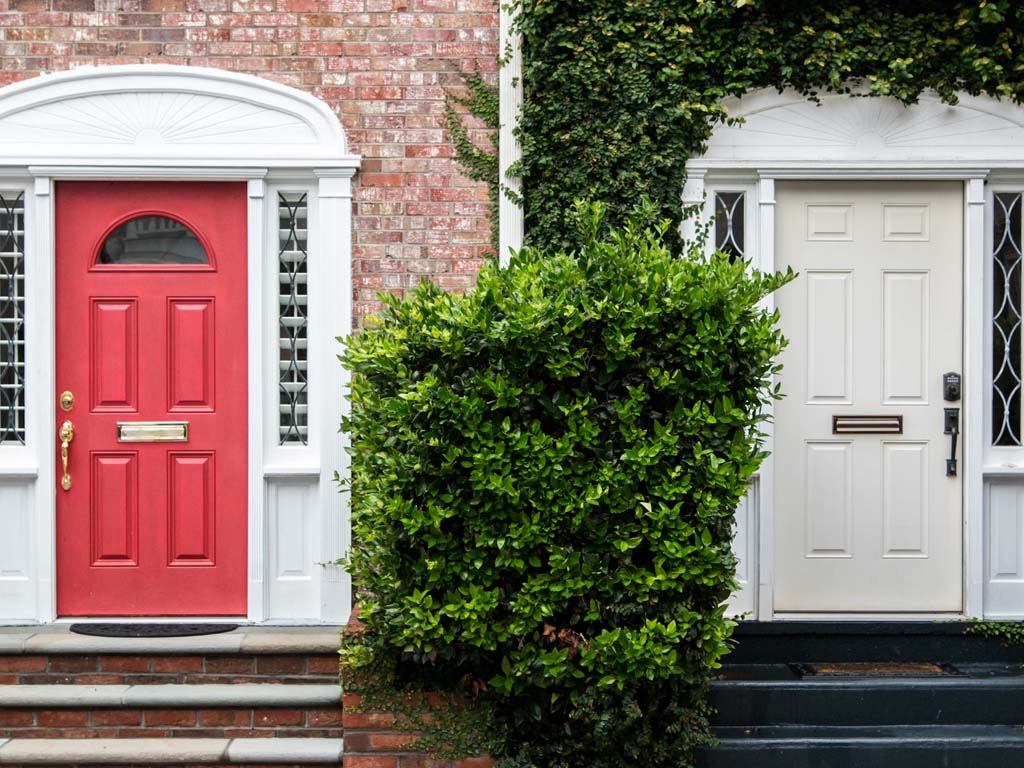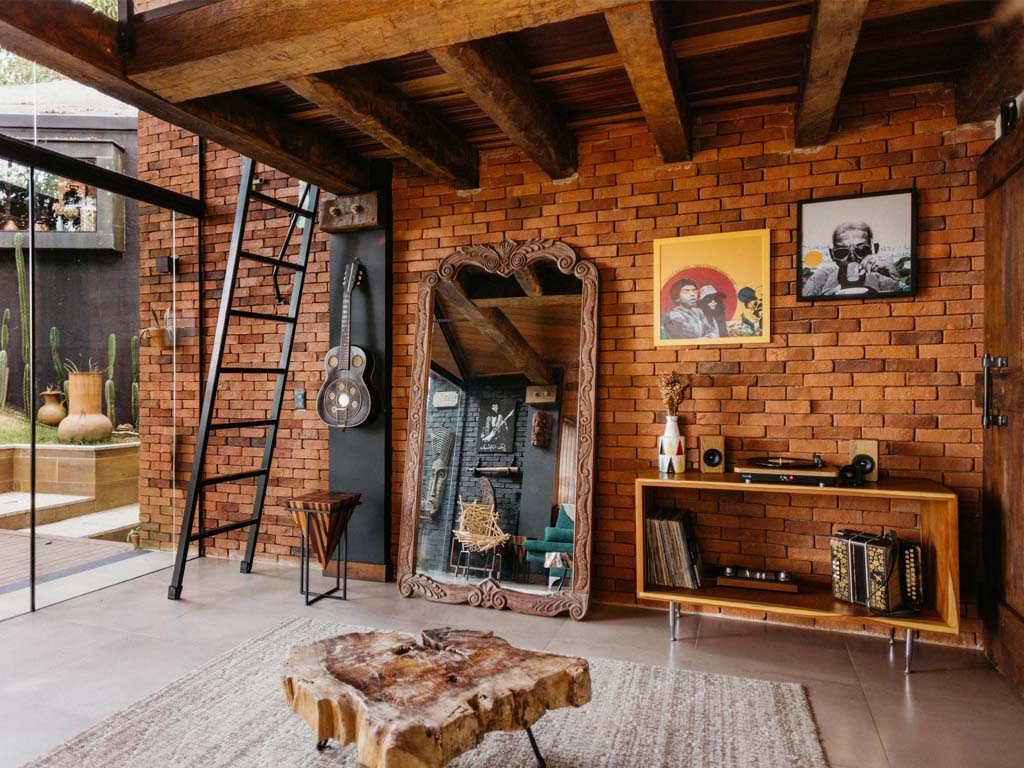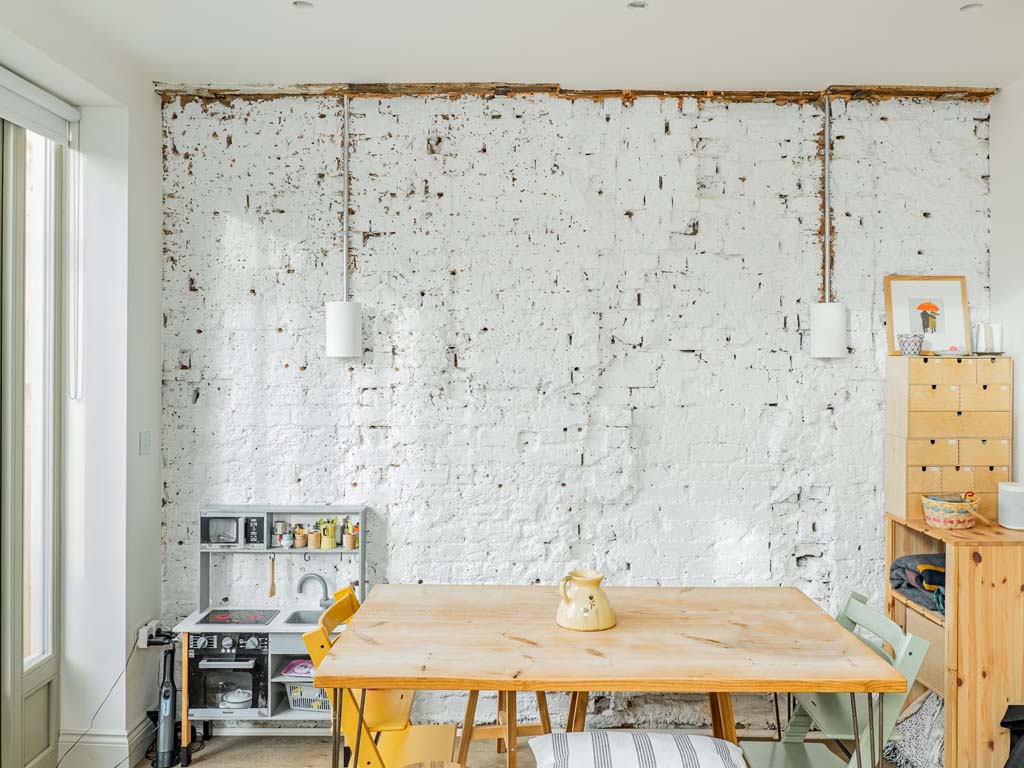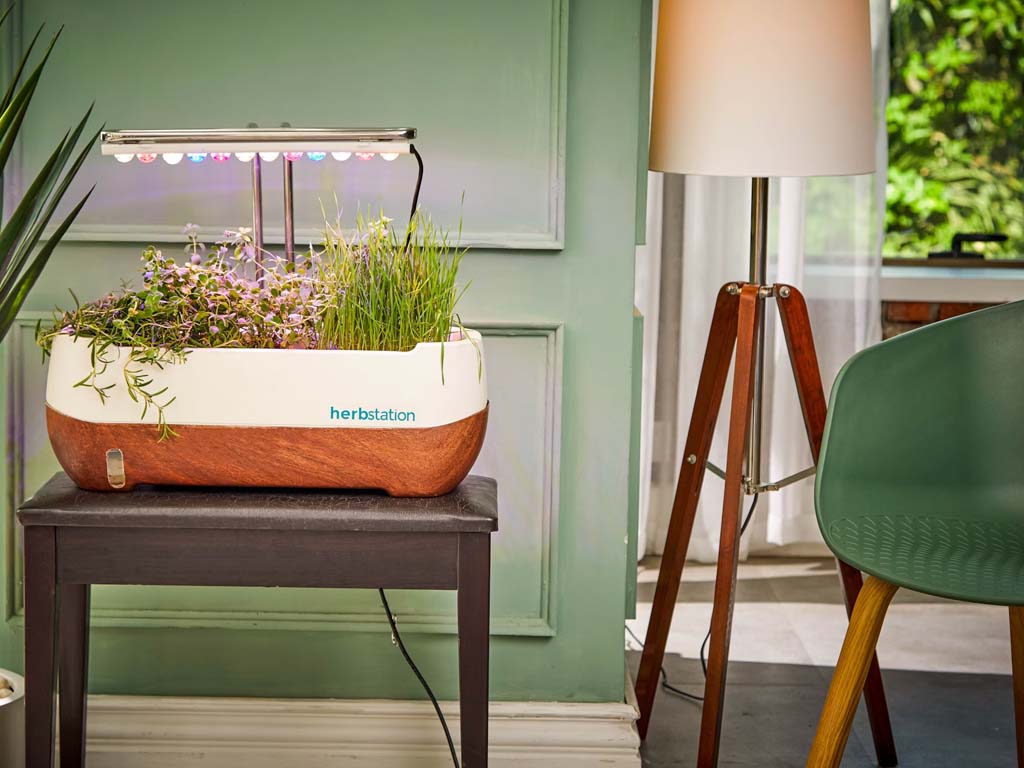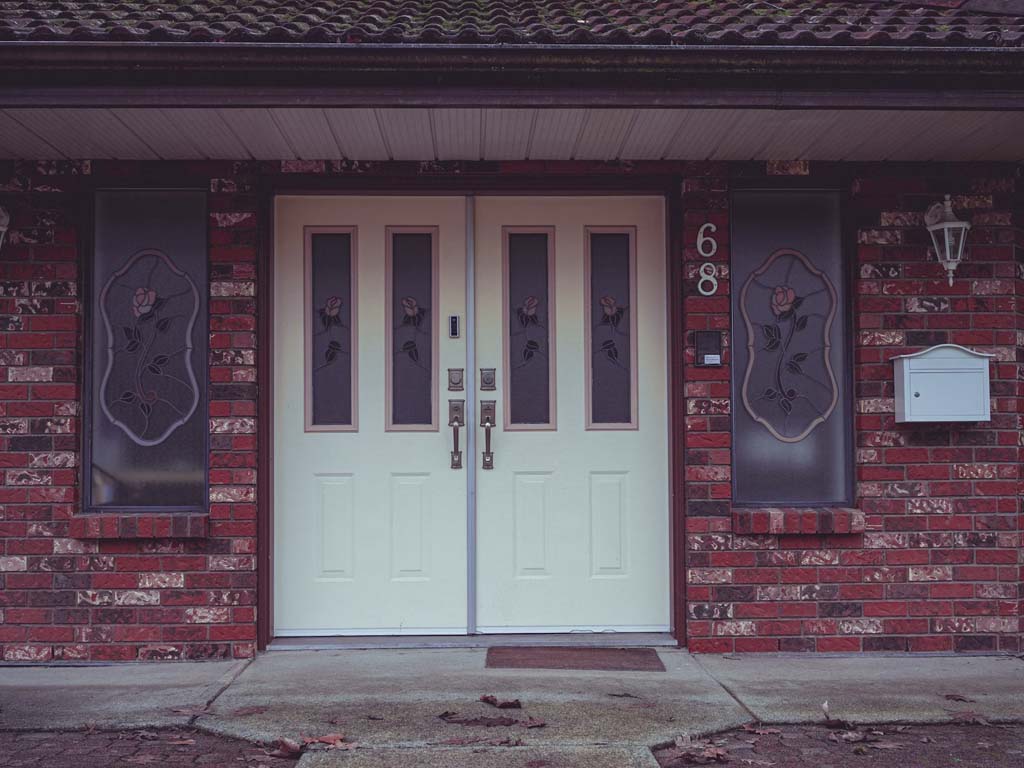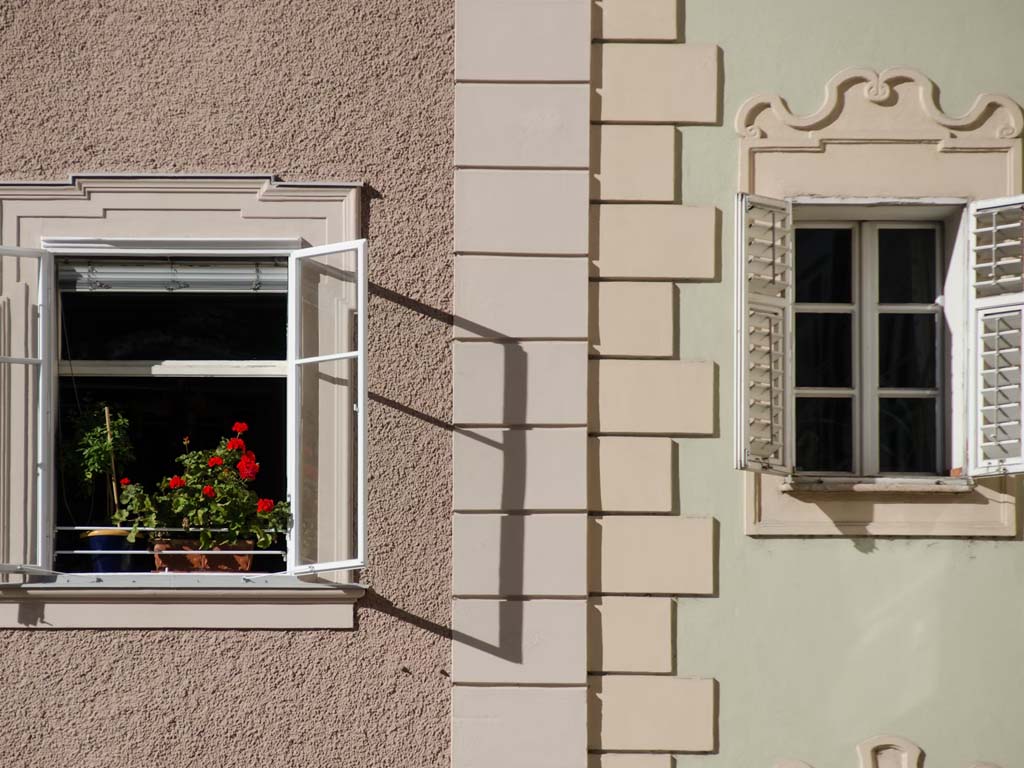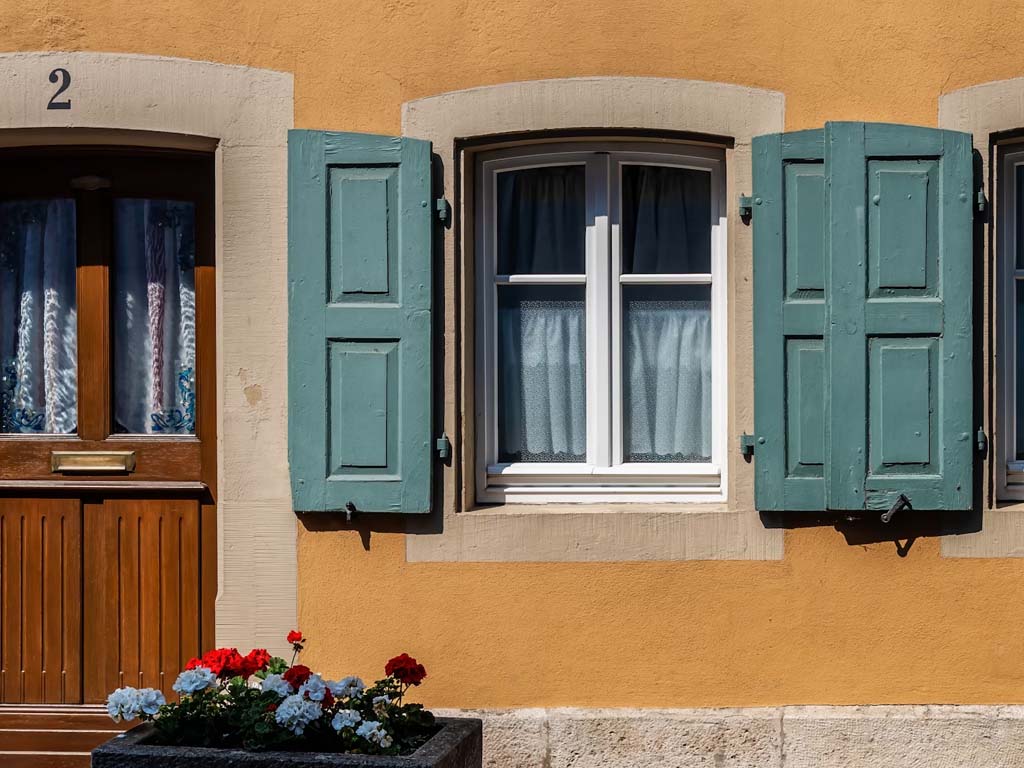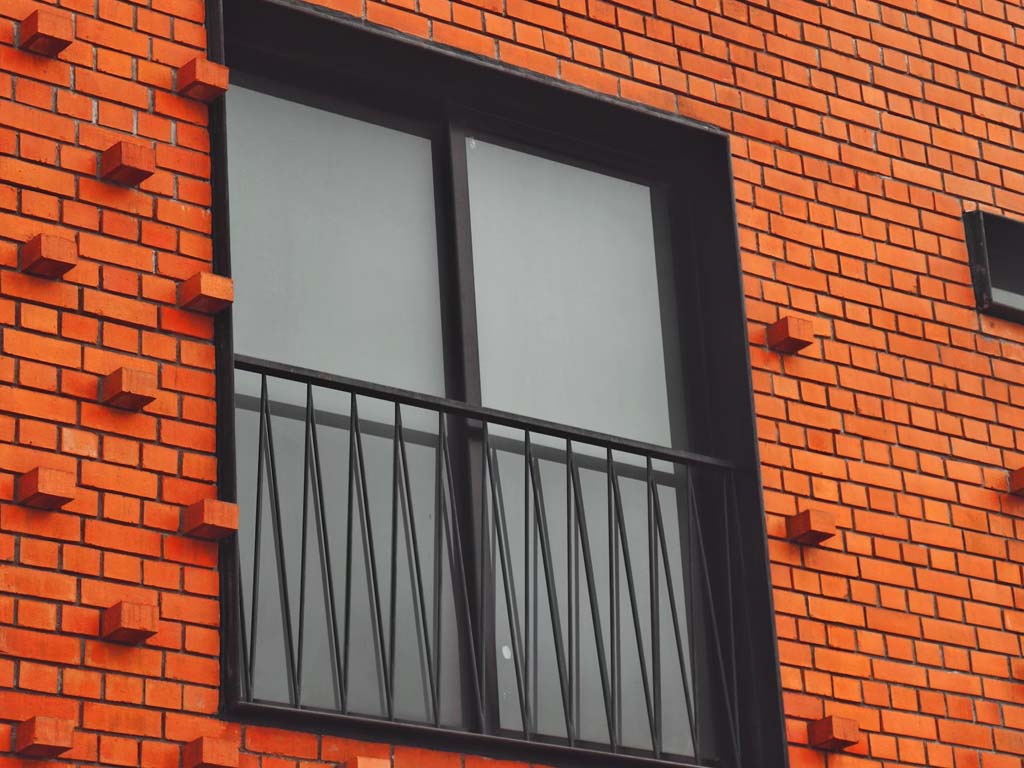Doors are essential elements of your home. They serve both functional and aesthetic purposes, contributing to security, insulation, and the overall look of your space. Choosing the right doors can be a bit overwhelming, given the vast array of options available, each offering unique styles, materials, and functionalities. Whether you’re upgrading existing doors, building a new home, or renovating, selecting the perfect doors requires thoughtful consideration of several factors.
In this comprehensive guide, we’ll explore how to choose the best doors for your home based on style, material, energy efficiency, security, and budget. Let’s dive into everything you need to know to make the right choice.
1. Consider the Function of the Door
The first step in choosing the right door is to understand the function it needs to serve. Different types of doors have different purposes, and identifying this will help you make the best choice.
Entry Doors
Your front door or entry door serves as the first impression of your home. Not only does it need to be secure, but it should also match the aesthetic of your exterior design. The entry door is exposed to the elements, so it’s important to choose one that offers insulation and weather resistance.
What to Look For:
– Security features (strong locks, deadbolts).
– Curb appeal (styling that complements your home’s exterior).
– Energy efficiency (insulated doors to reduce energy loss).
– Durability (resistant to wear and tear from weather).
Interior Doors
Interior doors connect the rooms in your home. They don’t have to provide security or insulation like exterior doors but should still match your home’s interior design.
What to Look For:
– Style (panel doors, French doors, sliding doors).
– Functionality (privacy, soundproofing, ease of use).
– Aesthetic appeal (whether it complements the decor).
Patio Doors
Patio doors allow you to access your outdoor space, so they should blend well with the exterior and offer easy access, natural light, and energy efficiency. They typically come in sliding or French door styles.
What to Look For:
– Energy efficiency (double or triple glazing for temperature control).
– Security features (strong locks and impact-resistant glass).
– Ease of operation (smooth sliding mechanisms or easy-to-open French doors).
Utility Doors
These doors, such as garage doors or basement doors, require a balance of durability and security. These doors are exposed to the elements and need to handle wear and tear, while also ensuring your home stays secure.
What to Look For:
– Weather resistance (especially for exterior doors).
– Durability (resistant to impacts and high traffic).
– Security features (strong locks and reinforced materials).
2. Choose the Right Door Material
Once you’ve determined the function of your door, the next step is to choose the right material. Each door material has its unique characteristics, and it’s important to match the material to your needs, whether for aesthetics, durability, or energy efficiency.
Wooden Doors
Wood is a timeless, classic material that offers both beauty and warmth. Wooden doors are available in many styles, from rustic to modern, and can be customized to suit your home’s aesthetic.
Pros:
– Beautiful, classic look.
– Customizable for different designs.
– Good insulation properties.
Cons:
– Prone to warping, cracking, or rotting if not properly maintained.
– Requires regular upkeep (painting, staining).
Best for: Traditional homes, entry doors, and high-end interior doors.
Steel Doors
Steel doors are incredibly strong, durable, and secure. They are often used for entry doors, especially when safety is a top concern. Steel doors can be insulated to help with energy efficiency and are relatively low-maintenance.
Pros:
– High security (resistant to forced entry).
– Energy-efficient when insulated.
– Low maintenance.
Cons:
– Prone to dents and scratches.
– Limited design flexibility compared to wood.
Best for: Entry doors, security doors, and garage doors.
Fiberglass Doors
Fiberglass doors are highly durable, weather-resistant, and energy-efficient. They can be made to look like wood but require less maintenance. Fiberglass is also resistant to dents, scratches, and fading.
Pros:
– Low maintenance.
– Resistant to weather, dents, and scratches.
– Energy-efficient.
Cons:
– Can be more expensive than wood or steel.
– Limited customization options compared to wood.
Best for: Entry doors, exterior doors, and homes in harsh climates.
Glass Doors
Glass doors, such as French doors or sliding glass doors, are ideal for creating a seamless connection between indoor and outdoor spaces. Glass allows natural light to flood your home, making rooms feel brighter and more spacious.
Pros:
– Enhances natural light and views.
– Modern and elegant aesthetic.
– Creates a seamless transition between indoor and outdoor spaces.
Cons:
– Less secure than solid doors.
– Requires more maintenance to keep clean.
– Can be less energy-efficient if not properly insulated.
Best for: Patio doors, French doors, or interior doors connecting to outdoor spaces.
Aluminum Doors
Aluminum doors are lightweight, durable, and resistant to the elements. They are often used for modern homes and in commercial spaces. Aluminum can be a good choice for patio doors or areas that require durability without the weight of steel.
Pros:
– Lightweight and durable.
– Resistant to corrosion.
– Low maintenance.
Cons:
– Poor insulation properties (unless insulated).
– Can be expensive depending on design.
Best for: Patio doors, modern homes, or commercial applications.
3. Energy Efficiency
Energy-efficient doors can help reduce heating and cooling costs, improve comfort, and contribute to a more sustainable home. When choosing doors, consider options that will offer the best insulation and reduce drafts.
Insulated Doors
Look for doors with an insulated core, such as those with polyurethane or polystyrene foam. These types of doors prevent heat transfer, keeping your home warmer in winter and cooler in summer.
Low-E Glass
For glass doors, consider Low-E glass (Low Emissivity glass). This type of glass has a coating that helps reflect heat while allowing natural light to pass through, providing energy savings by reducing the need for artificial lighting and helping maintain a consistent temperature inside.
Weatherstripping and Seals
Check the seals around the door. Weatherstripping and draft stoppers around the edges of the door can help reduce heat loss and improve the energy efficiency of both exterior and interior doors.
4. Style and Aesthetics
The style of your door should complement the overall design of your home. Whether you prefer traditional, modern, rustic, or industrial, there are a variety of options available to suit your tastes.
Traditional Doors
Classic designs, like paneled doors or arched doorways, work well in traditional or historic homes. Wooden doors often have intricate carvings and details that enhance the overall aesthetic.
Modern Doors
For a more contemporary look, choose sleek, minimalist doors with clean lines and a focus on functionality. Glass doors or steel doors with simple designs are popular in modern homes.
Rustic or Cottage-Style Doors
If you have a country or cottage-style home, opt for doors made of wood with distressed finishes, such as barn doors or shaker-style doors, to create a charming and inviting atmosphere.
Industrial Doors
Industrial-style homes may incorporate doors made of steel or aluminum, with a focus on functionality and durability. Large sliding doors or garage doors are often found in these types of spaces.
5. Security Considerations
Safety should always be a priority when choosing doors, especially entry and patio doors. A secure door is essential for protecting your home from intruders and unwanted guests.
Locking Mechanisms
Ensure the door has high-quality locks, such as deadbolts, keyed entry locks, or smart locks. Smart locks offer advanced security features, such as remote access and keyless entry, which can add convenience and safety to your home.
Reinforced Doors
For added security, choose doors made of solid wood, steel, or fiberglass with reinforced frames. These materials are stronger and harder to break through than hollow-core doors.
Impact-Resistant Glass
If you choose a glass door, look for impact-resistant glass that can withstand forced entry and adverse weather conditions. This is especially important for doors that face the street or are on the ground level.
6. Budget Considerations
The cost of doors varies widely depending on the material, style, and brand. It’s important to set a realistic budget for your doors and keep in mind the long-term benefits of investing in quality doors.
Entry Doors
Entry doors are often the most expensive because they need to be durable, secure, and energy-efficient. Expect to pay more for materials like solid wood or fiberglass. Custom-designed doors will also cost more than standard models.
Interior Doors
Interior doors are typically less expensive but can vary in cost depending on the material and style. Hollow-core doors are affordable, while solid wood or custom designs will increase the price.
Patio and Sliding Doors
Patio doors and sliding doors are usually more expensive than standard interior doors due to their larger size and more complex mechanisms. Glass doors or French doors can cost more due to the premium quality of the materials.
Conclusion
Choosing the right doors for your home involves understanding your needs, preferences, and budget. By considering the function, material, style, security features, and energy efficiency, you can make an informed decision that will enhance the appearance, comfort, and security of your home.
Whether you’re looking to upgrade your entry doors, add patio doors for a better connection to your outdoor space, or simply replace worn-out interior doors, selecting the best doors will make a significant difference in your home’s functionality and aesthetics. Always choose a door that aligns with your home’s overall style while prioritizing durability and energy efficiency for long-term satisfaction.
